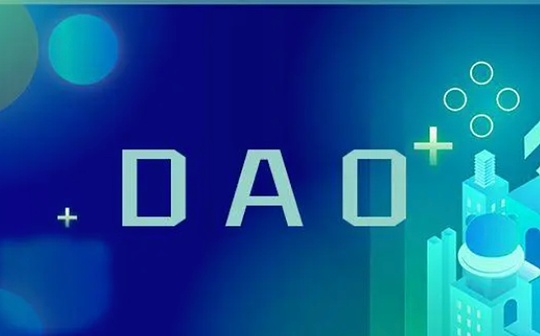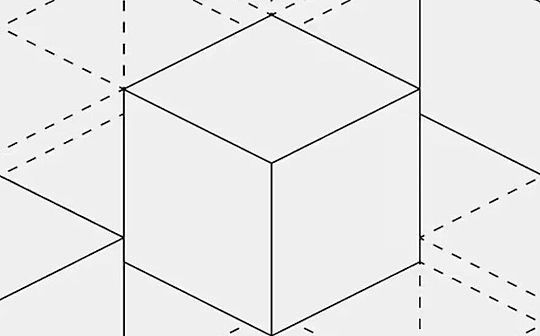
Author: Owocki, DAOSquare
Article 1: Gall’s Law
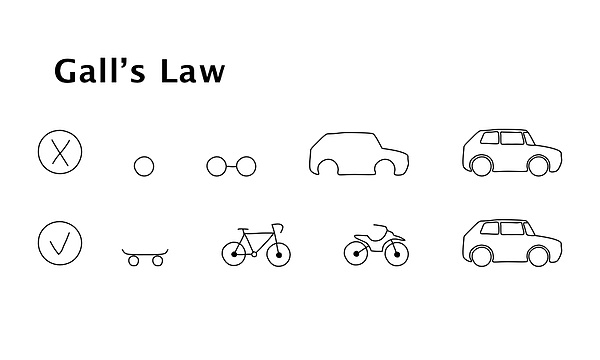
Gael’s Law states that an effective complex system always evolves from an effective simple system.(rather than being a complex and unknown system from the beginning).How to use this law: Take advantage of it when designing a minimally viable product.
Article 2: The Pareto Principle
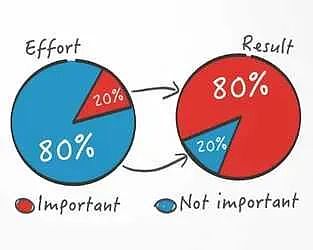
The Pareto Principle (or Eighty-Two Law) believes that about 80% of effective results come from 20% of critical efforts.How to use this law: Take advantage of it when designing a minimally viable product.
Article 3: Parkinson’s Law

Parkinson’s law states that the extension of work is to fill the time or budget for completing the work.How to use this law: Use it to set a deadline far enough (but not too far).
Article 4: Goodhart’s Law
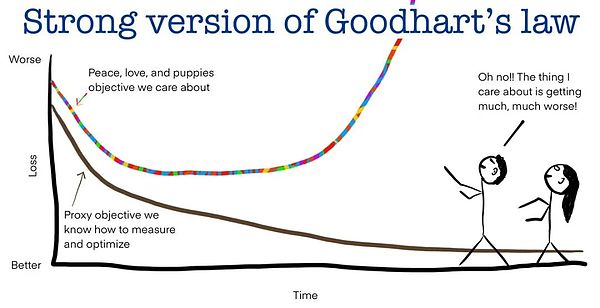
Goodha’s law states that when a measure becomes a target, it is no longer a good measure.How to use this law: Strongly abide by this law when building systems designed to accomplish difficult tasks (such as fundraising for public products or resisting false identities).
Article 5: Brooks’ Law

In his book The Mythical Man-Month, Fred Brooks pointed out that adding manpower to delayed software projects will make the delay even more serious.How to use this law: Keep a smaller team size.
Article 6: Moore’s Law
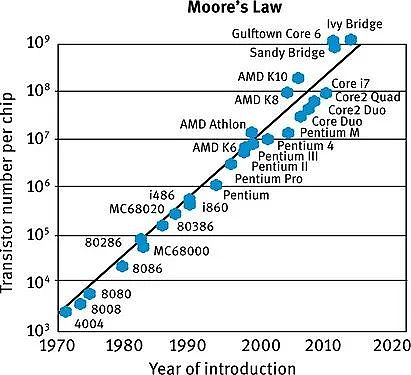
Moore’s Law was an observation proposed in 1965 by Intel co-founder Gordon Moore, which doubled the number of transistors on chips about every two years, but its cost was halved.How to use this law: We are all organically harnessing the wave of Moore’s Law.This is part of creating huge returns in the field of technology!
Article 7: Metcalfe’s Law
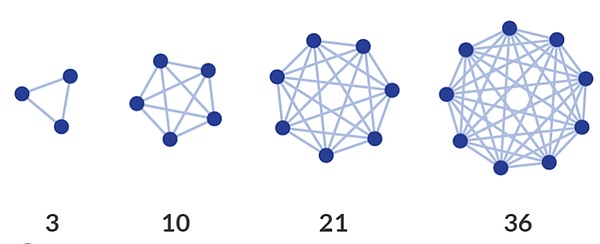
Metcalf’s law believes that the value of a telecommunications network is proportional to the square of the number of users connected to the system (n^2).How to use this law: Built for exponential value creation!
Article 8: Dunbar’s Number
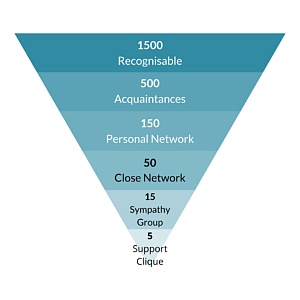
Dunbar’s number shows that there are cognitive limits to the number of people who can maintain stable social relations with them.How to use this law: Keep a smaller team size unless otherwise necessary!If you need to expand your team, be aware of the best trust model for each level.
Article 9: The Unix Philosophy
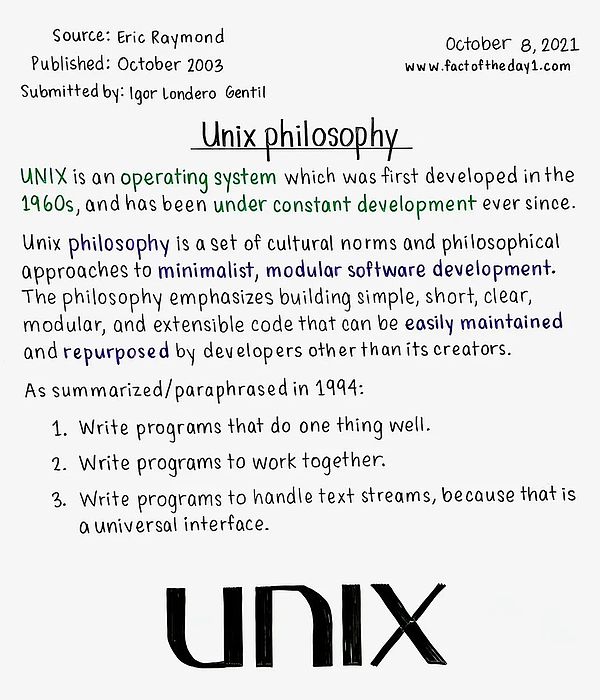
The philosophy of Unix is: 1) Let each program do one thing well, 2) Let each program output be the input of another program, and 3) Write a program to work together.How to use this law: Build modular software!
Article 10: Conway’s Law
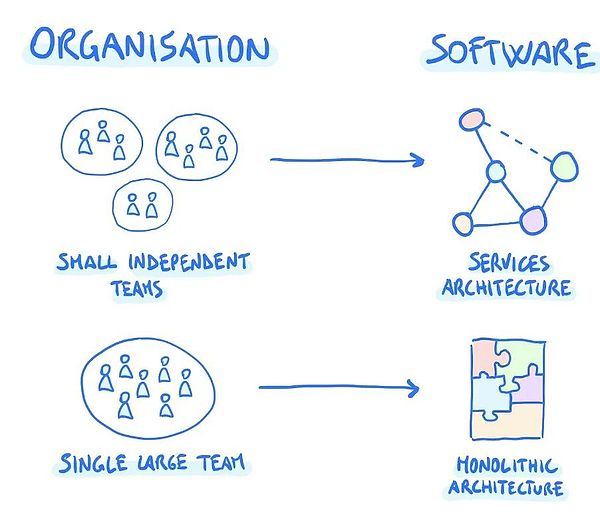
Conway’s Law believes that the system designed by an organization reflects its own communication structure.How to use this law: Design your organization in a way similar to software development.Please note that the overall structure cannot be expanded!

